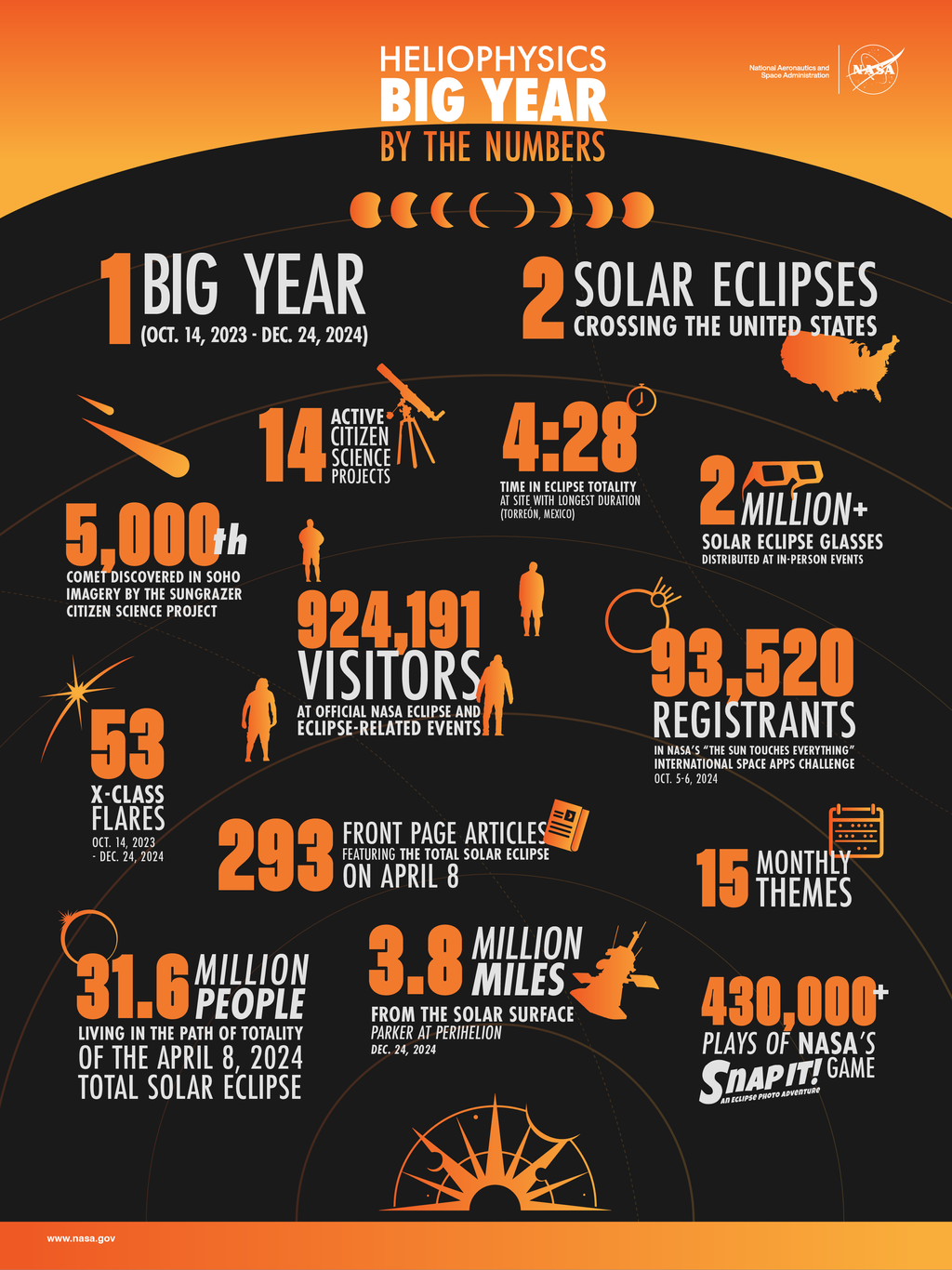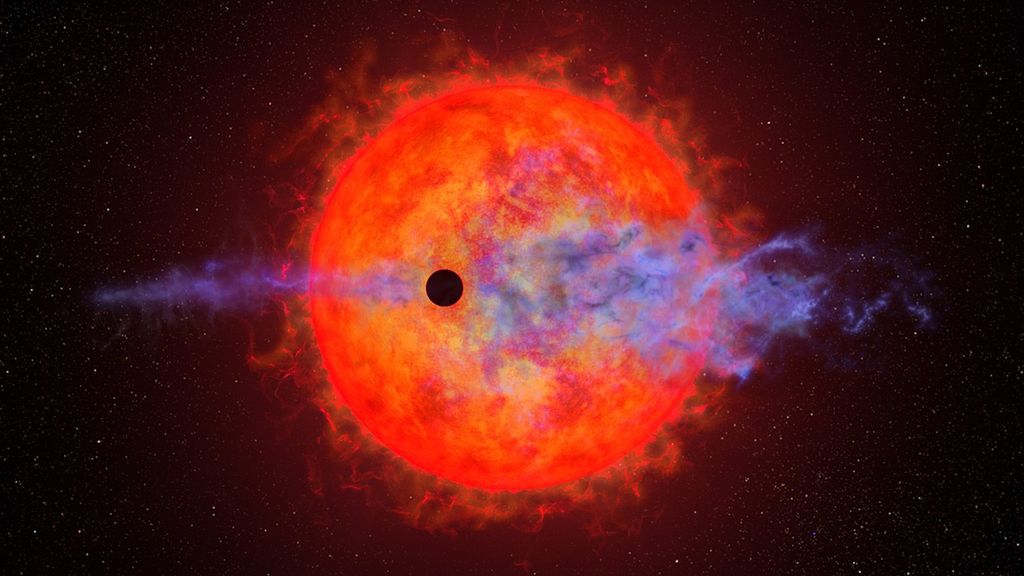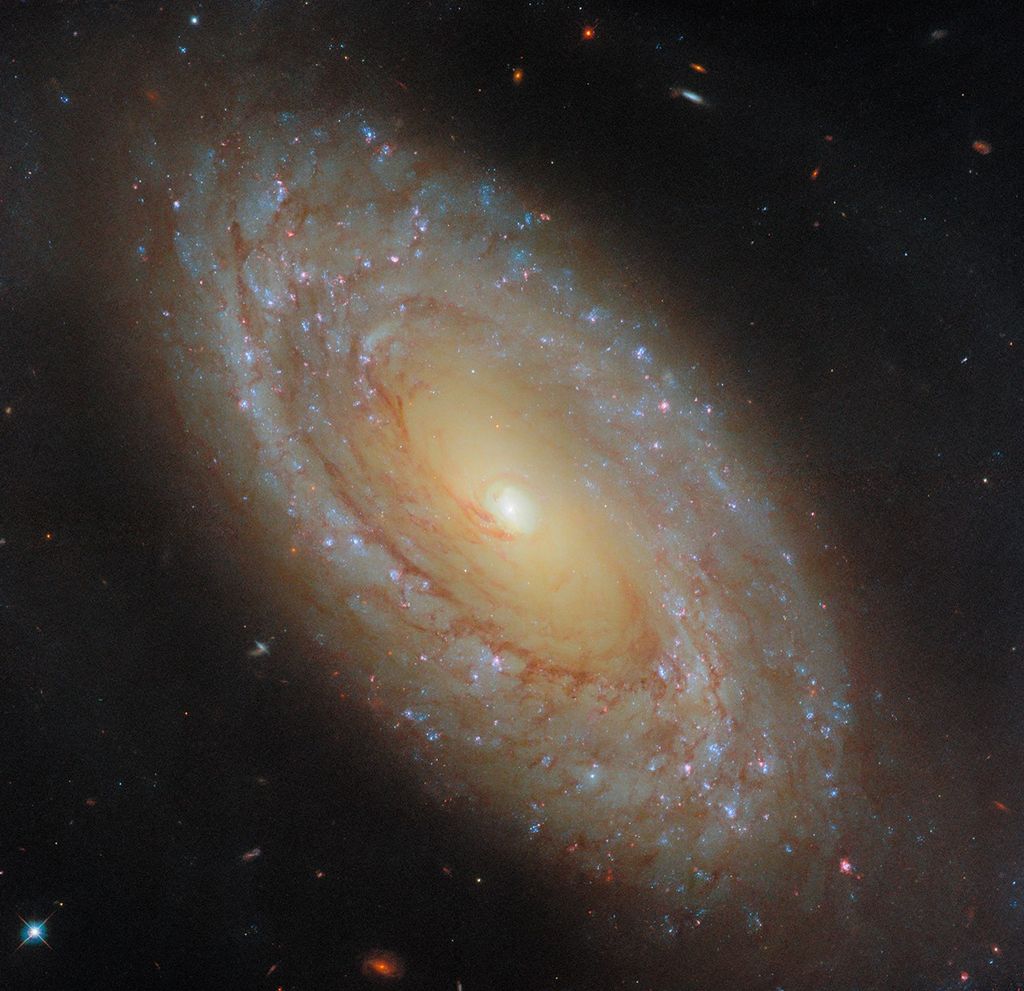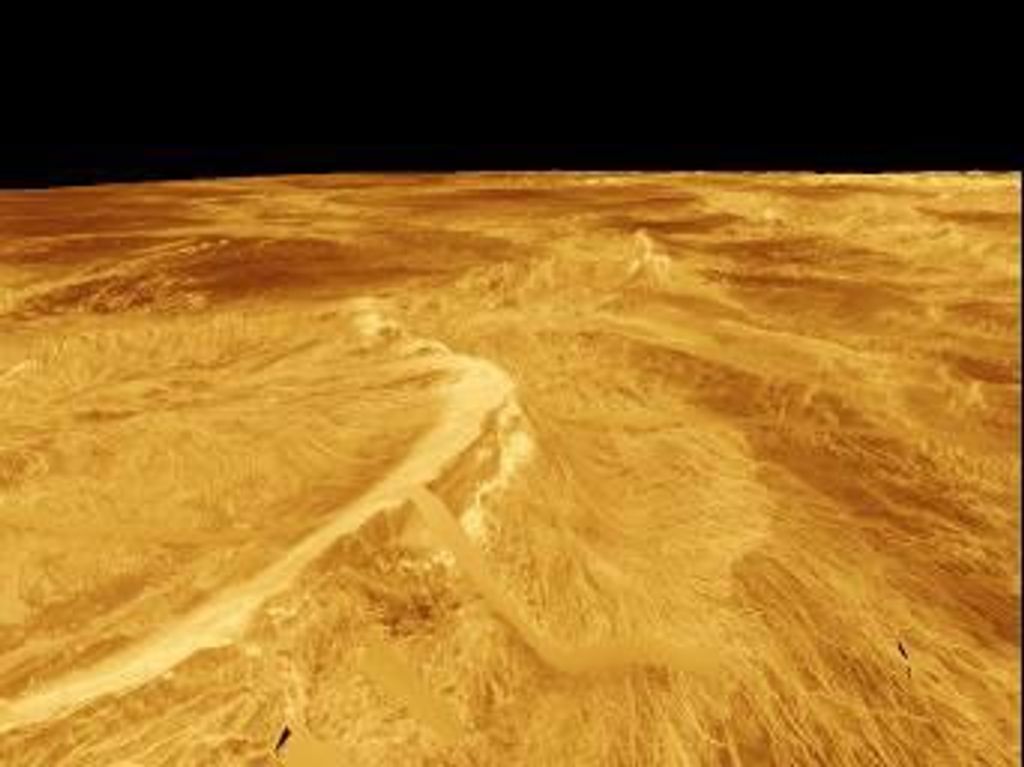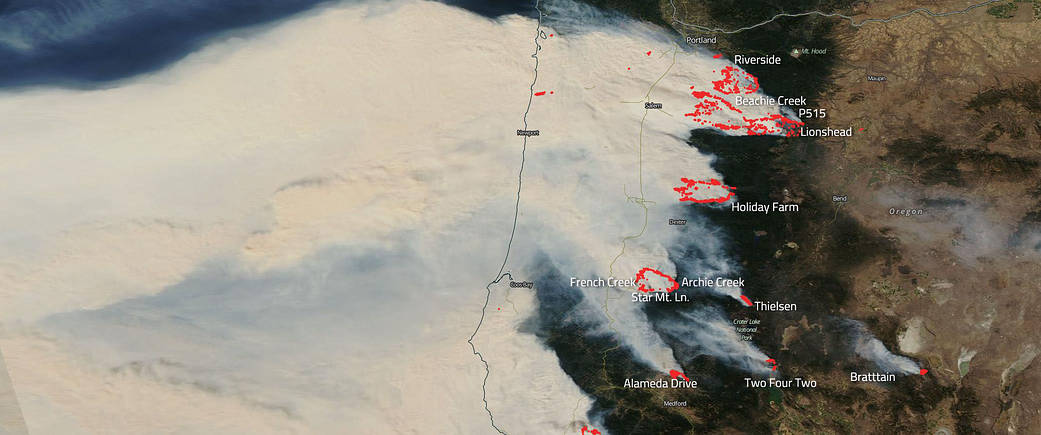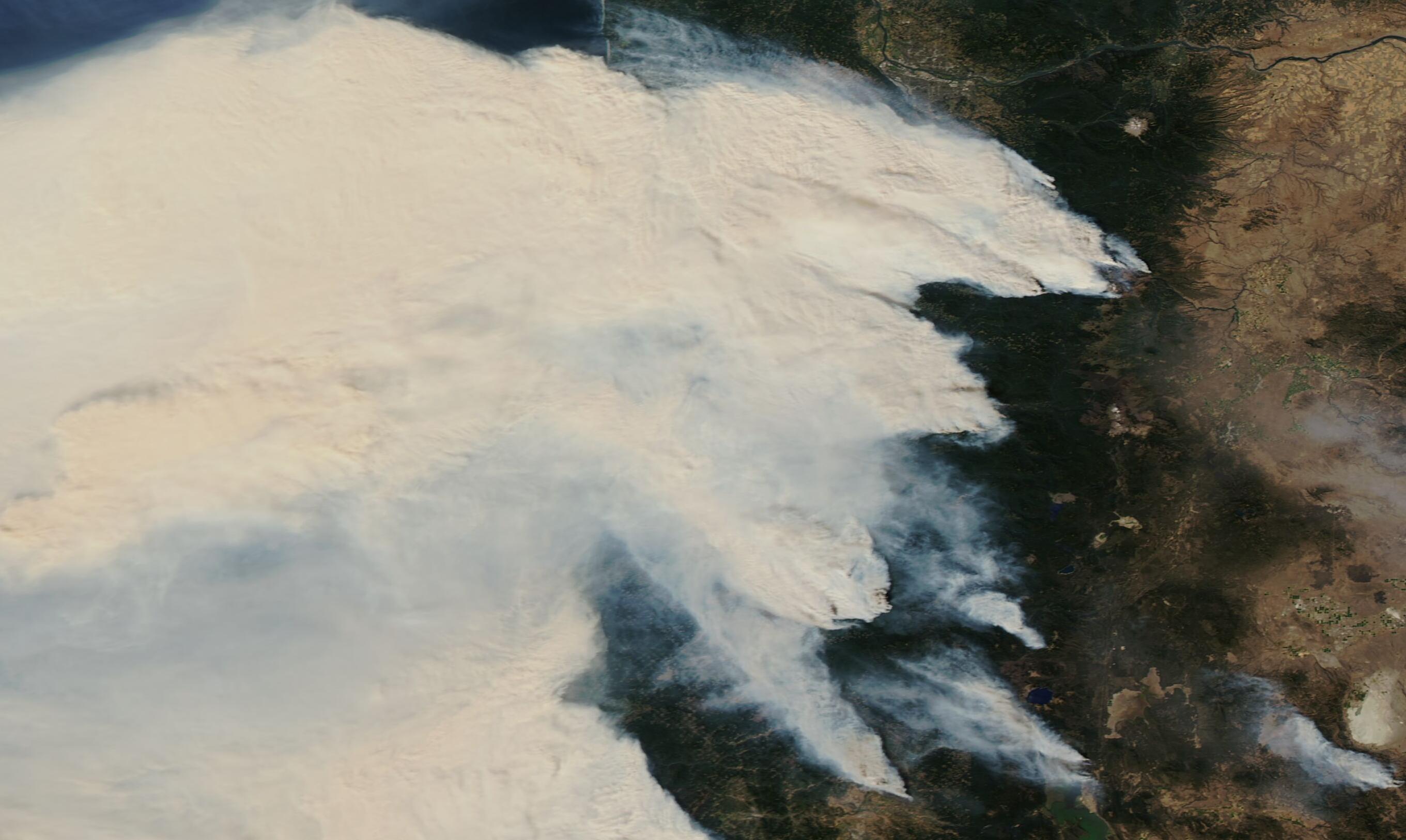NASA’s Aqua captured this image of a huge number of wildfires that have broken out in Oregon. Some began in August, but the majority started after an unprecedented and historically rare windstorm that swept through the Cascade foothills in the afternoon of Monday Sep. 7 through the morning of Tuesday Sep. 8. Wind gusts up to 65 mph were clocked during the event. The timing of the windstorm was unusual because those strong east winds usually occur in in the dead of winter–not in early September. In addition to the heat, it is another example of the changing weather patterns that are being seen. Some fires in Oregon were already aflame since they began in mid-August, but the size of the conflagrations was small. In fact, the Beachie Creek fire on the morning of Sep. 7 was only 469 acres. After the windstorm began the fire grew overnight to over 131,000 acres driven by high winds and extremely dry fuels. Other fires grew as well, and a large number of fires were started on Sep. 8, most likely from flaming debris or perhaps by lightning strikes. Whatever the cause, the winds overnight drove those fires to expand exponentially and quickly as well.
The smoke from fires is seen cascading off the coast into the Pacific Ocean traveling more than 600 miles just in this image. It is striking how thick and concentrated the smoke is in this image, and many cities and towns up and down the entire West Coast are reporting almost “nightlike” conditions and red-orange skies created by particles in the air blocking out all other colors.
For a full accounting of the size of the wildfires and the containment percentage go to the Oregon Wildfire Resources website at: https://experience.arcgis.com/experience/6329d5e4e13748b9b9f7f33f06a3c376/
NASA’s satellite instruments are often the first to detect wildfires burning in remote regions, and the locations of new fires are sent directly to land managers worldwide within hours of the satellite overpass. Together, NASA instruments detect actively burning fires, track the transport of smoke from fires, provide information for fire management, and map the extent of changes to ecosystems, based on the extent and severity of burn scars. NASA has a fleet of Earth-observing instruments, many of which contribute to our understanding of fire in the Earth system. Satellites in orbit around the poles provide observations of the entire planet several times per day, whereas satellites in a geostationary orbit provide coarse-resolution imagery of fires, smoke and clouds every five to 15 minutes. For more information visit: https://www.nasa.gov/mission_pages/fires/main/missions/index.html
NASA’s Earth Observing System Data and Information System (EOSDIS) Worldview application provides the capability to interactively browse over 700 global, full-resolution satellite imagery layers and then download the underlying data. Many of the available imagery layers are updated within three hours of observation, essentially showing the entire Earth as it looks “right now.” Actively burning fires, detected by thermal bands, are shown as red points. Image Courtesy: NASA Worldview, Earth Observing System Data and Information System (EOSDIS). Caption: Lynn Jenner with information from Inciweb and the Oregon Wildfire resources page.



